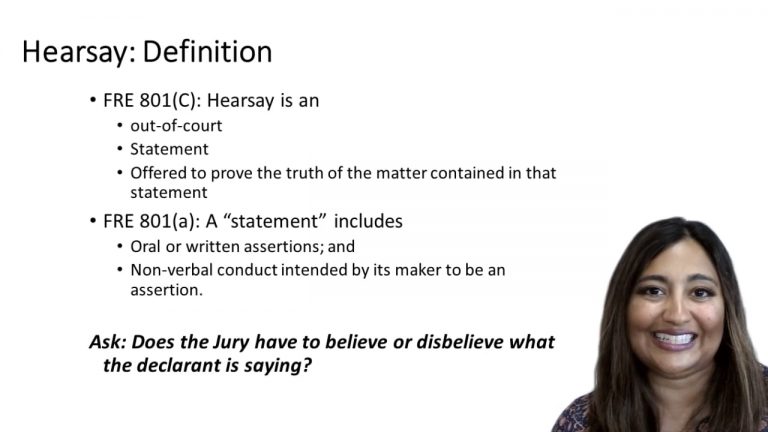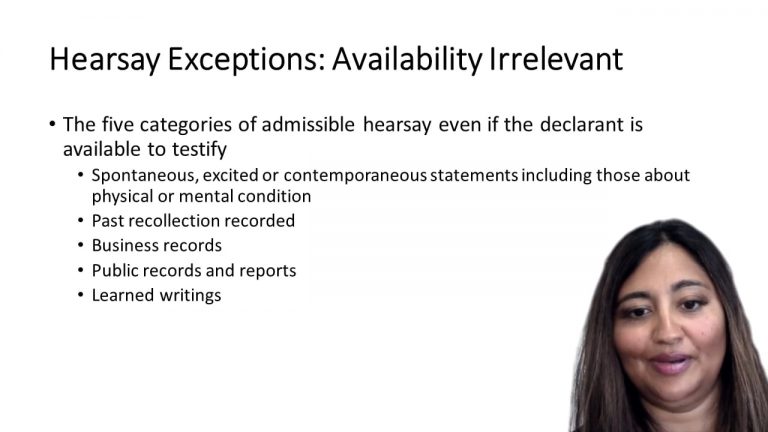SmartBrief
Confirm favorite deletion?
Criminal Law Keyed to Osler
United States v. Orellano-Blanco
Citation:
294 F.3d 1143 (9th Cir. 2002)Facts
Defendant came illegally to the United States in 1990 from El Salvador. He worked regularly for fast food chain restaurants and other odd jobs. In 1994, he married Beatrice Boehm at a county courthouse in Arizona. Boehm testified that she agreed to marry him without ever seeing him to help get a green card and permanent immigration status, because defendant’s brother agreed to paint her truck. She testified that they met in the car on the way to the courthouse and had dinner after. She said that she was never paid, they never had a sexual relationship, and that he helped her clean her house once but never hung-out, went on dates, or did anything of the sort.
The defendant testified that they had met years before the marriage and frequently after, went to movies and dinner together, ate dinner, and drank together often. He also testified that they had a sexual relationship before the marriage and that continued into the marriage. They both testified that they did not live together. They had a joint bank account and Boehm filed tax returns as a married person. Three years into their marriage, defendant was hospitalized for surgery to remove a large cancerous tumor in his colon. The surgeon testified that he remembered talking to Boehm and she was concerned as anybody would be if their close family member was having this kind of operation. Defendant testified that after his surgery, he could no longer perform sexually so Boehm moved to New Mexico and claimed that she wanted a divorce.
The document in question, Exhibit 3, was generated after the surgery but before Boehm moved to New Mexico. Both the defendant and Boehm were interviewed separately. The officer who did defendant’s immigration interview did not testify, but another officer who did some translating and signed the exhibit as a witness did sign. The notes include one or two word answers. There was no direct evidence on whether the answers were verbatim record of what was said or based on his memory of what was said. This exhibit was allowed into evidence. The defendant was convicted and sentenced to three years probation.
Only StudyBuddy Pro offers the complete Case Brief Anatomy*
Access the most important case brief elements for optimal case understanding.
*Case Brief Anatomy includes: Brief Prologue, Complete Case Brief, Brief Epilogue
- The Brief Prologue provides necessary case brief introductory information and includes:
Topic:
Identifies the topic of law and where this case fits within your course outline.Parties:
Identifies the cast of characters involved in the case.Procedural Posture & History:
Shares the case history with how lower courts have ruled on the matter.Case Key Terms, Acts, Doctrines, etc.:
A case specific Legal Term Dictionary.Case Doctrines, Acts, Statutes, Amendments and Treatises:
Identifies and Defines Legal Authority used in this case.
- The Case Brief is the complete case summarized and authored in the traditional Law School I.R.A.C. format. The Pro case brief includes:
Brief Facts:
A Synopsis of the Facts of the case.Rule of Law:
Identifies the Legal Principle the Court used in deciding the case.Facts:
What are the factual circumstances that gave rise to the civil or criminal case? What is the relationship of the Parties that are involved in the case.Issue(s):
Lists the Questions of Law that are raised by the Facts of the case.Holding:
Shares the Court's answer to the legal questions raised in the issue.Concurring / Dissenting Opinions:
Includes valuable concurring or dissenting opinions and their key points.Reasoning and Analysis:
Identifies the chain of argument(s) which led the judges to rule as they did.
- The Brief Prologue closes the case brief with important forward-looking discussion and includes:
Policy:
Identifies the Policy if any that has been established by the case.Court Direction:
Shares where the Court went from here for this case.
Topic Resources
Topic Videos
 12m 52s
12m 52s 16m 35s
16m 35s